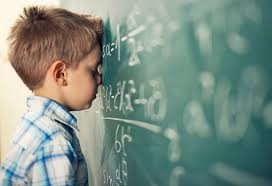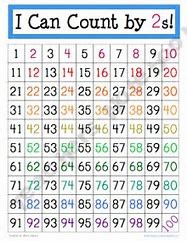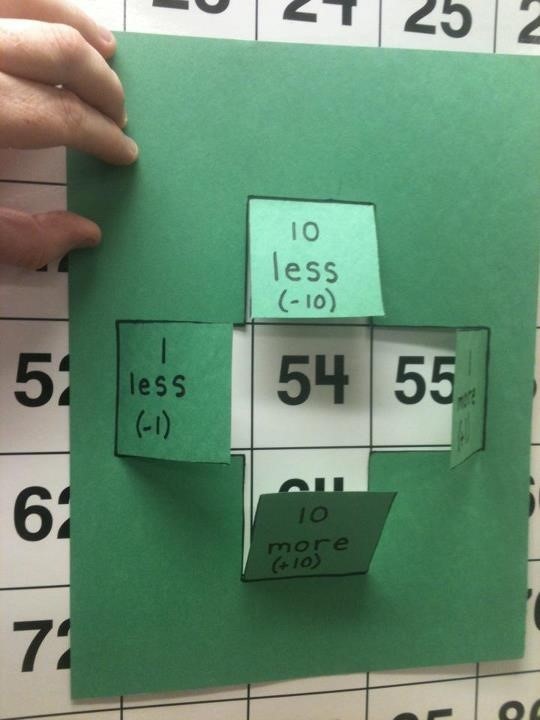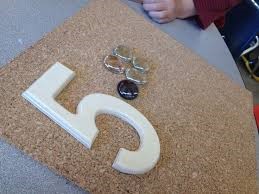In Math, Slow and Steady Wins the Race.
by Kate O’Donnell
 Math can be hard, but don’t panic.
Math can be hard, but don’t panic.
Not everything comes easy to us. This is true for all people. Being an educator for over twenty years, I have worked with many students who have struggled to conceptualize mathematics. Each individual brings a different story. While some truly do have issues that need to be addressed, often children enter school without having had much exposure to numbers; or developmentally they need more time and just aren’t ready. In these cases, what they need is a patient parent, caregiver or educator to assist them as they learn at their own pace. Keep in mind, we don’t all potty train at the same time. We don’t all walk at the same time. And similarly, we may not be ready to learn math concepts at the exact same time. So, what can we do to help the late bloomers navigate through math successfully?
Your speed doesn’t matter. Forward is forward. Slow and steady wins the race.
Late bloomers can finish the math race too.
As a teacher, there is a curriculum to follow. As a parent, there are concepts to be reinforced at home to help children “make the grade”. When a child is not grasping math, it can be frustrating for both the child and the adult. As an educator, I often find myself calming parents down. Panic is the first feeling to emerge in these situations. But rather than panic, what can we do?
Check the foundation.
Rather than trying to play catch up and rushing through the lessons or concepts missed, it is much more productive to back-up and look at the foundation.
*How is number fluency? Just as there is fluency in reading, you can bet there is fluency in math too. How well can your child count?
Can they count forwards? Backwards? Can they count by 1’s, 2’s, 5’s, 10’s?
Learning math can and should be fun. Number fluency has such potential to be exciting for children. Use several 100 charts, highlight the numbers you are working on and allow the child to count while singing or playing catch. Think of this fluency work similar to how children sing chants while jumping rope. It is meant to be repetitive so the child can eventually memorize the numbers. Don’t be afraid to allow the child to look at the highlighted numbers as they practice. Eventually, they won’t need that chart.
For slightly older children the concepts advance, but the method stays the same. Does your child know their addition facts? Subtraction facts? Multiplication facts? Division facts? These can be fun too. There are many tricks to be utilized, games to be played to assist in learning these. Knowing these facts fluently will assist them with math for all of their years in school. These facts don’t go away but are integrated into much more complex mathematical concepts.
This fluency and ease with the movement of numbers will build a foundation for your child to learn more complex mathematical ideas.
*Is your child comfortable with the hundreds chart? Can they maneuver to the right? The numbers get bigger by one. Can they maneuver to the left? The numbers get smaller by one. How about up? They get smaller by 10. Down? They get bigger by 10.
Understanding movement of numbers and adding and subtracting of bigger numbers with the number chart is foundational. If the number gets smaller by one, the digit in the ones place gets smaller. If the number gets bigger by 10, the tens digit gets bigger by one. Similar to puzzles, understanding how the relationships with numbers on the hundreds chart allows children more ease when manipulating numbers.
*How is their number comprehension? Yes, just like reading, there is comprehension with numbers too. Do they understand just what 5 looks like? Not just how to write the number 5, but how many is 5? Can they comprehend that 95 is bigger than 93? Is there an ability to visualize number amounts? Do they understand how many pennies are in one quarter? What does half of something look like?
This image and ability to visualize the number is important.
Acquiring these foundational skills does not happen overnight. But it certainly doesn’t happen any faster if everyone involved feels panicked and frustrated. What has to happen to move forward? I have found that, ultimately, we have to move backwards a bit to finally be able to move forward. Without the foundation set and secure, adding more new unknown concepts will only compound the challenges with math. Instead, take a breath and remember the tortoise and the hare. Now be the tortoise. Slowly assist your child in building the important foundation that will benefit them in their mathematical life to come.
I realize that I need to do more daily exercises with my 100 chart.
I like slow and steady concept in learning numbers!